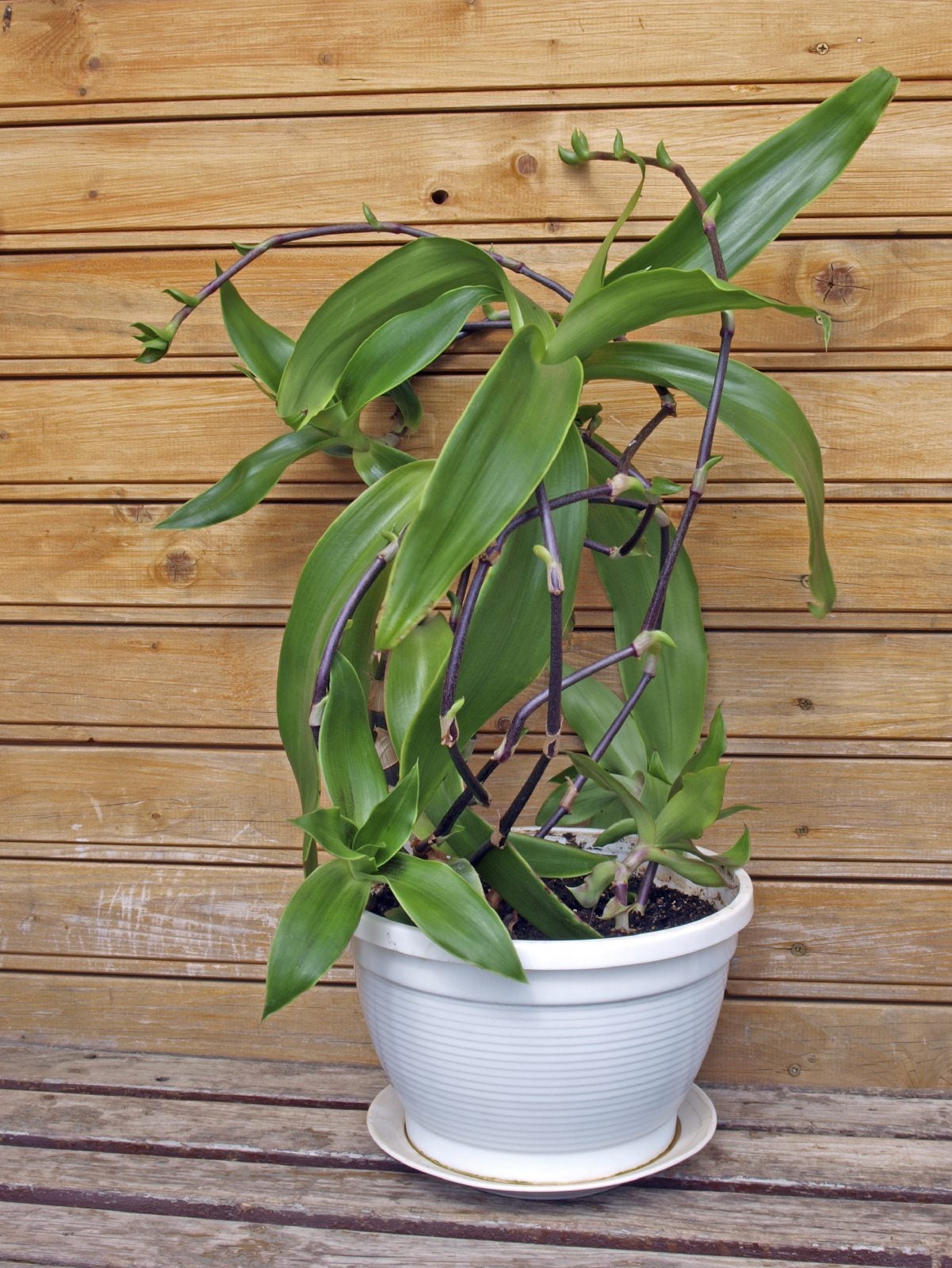Basket Plant Information – How To Grow Callisia Plants


Has gardening left you bruised and aching? Just hobble to the medicine cabinet and rub your pain away with Callisia basket plant oil. Not familiar with Callisia basket plants? Read on to learn more about their use as an herbal remedy and how to grow Callisia plants.
Basket Plant Information
Hardy in zone 10 and higher, basket plants (Callisia fragrans) can be found growing as a shady ground cover in tropical locations. There they are commonly called “inch plants” because of how they inch along the ground, rooting wherever their plantlets come into contact with soil. This Callisia plant is native to Mexico and South America. In cooler climates, Callisia basket plant is more commonly grown as a houseplant in hanging baskets. You can purchase it in greenhouses, sometimes under the names chain plant or just basket plant. Callisia does very well as a houseplant because it does not require much light to grow. However, the more light it gets, the more purple the foliage will be. Too much light, though, can scorch it.
How to Grow Callisia Plants
Callisia comes from the Latin words for beautiful lily. Though Callisia looks like a lily or a bromeliad and grows like a spider plants, it is actually in the inch plant family and is just as easy to grow and care for these plants. Like spider plant, Callisia basket plant sends out plantlets that can easily be snipped off and planted to propagate new plants. Its foliage feels rubbery and it has small, white, very fragrant flowers. Callisia plant care is minimal. Simply hang a basket of the plant in low to medium light. Water every 2-3 days. During spring, summer and fall, fertilize basket plants with a regular 10-10-10 fertilizer monthly. In the winter, stop fertilizing and water less frequently.
Growing Callisia Plants for Health
As with many houseplants, basket plant purifies indoor air pollutants. In addition, all parts of the plant are edible and used in herbal remedies. The mature leaves can be snipped right off the plant and chewed to relieve stomach and digestive issues. Callisia is a natural antibiotic, antibacterial, and antioxidant. In Russia, Callisia leaves are infused in vodka and used as a tonic for skin problems, colds, heart problems, cancer, varicose veins, upset stomachs, and inflammation from arthritis. The leaves can also be infused in wine or dried for teas. Oil infused with Callisia is used as a muscle or joint rub, and also good for bruises and varicose veins. Try growing a Callisia basket plant as a beautiful houseplant and don’t forget to stock up your medicine cabinet with its homemade oils and tonics. Disclaimer: The contents of this article is for educational and gardening purposes only. Before using or ingesting ANY herb or plant for medicinal purposes, please consult a physician or a medical herbalist for advice.
Gardening tips, videos, info and more delivered right to your inbox!
Sign up for the Gardening Know How newsletter today and receive a free copy of our e-book "How to Grow Delicious Tomatoes".
-
 Grow ‘Karl Rosenfield’ Peony Plants For The Ultimate Frilly Border Beauties And Cut Flowers
Grow ‘Karl Rosenfield’ Peony Plants For The Ultimate Frilly Border Beauties And Cut FlowersFor frilly double magenta peony petals infused with a heady fragrance, grow ‘Karl Rosenfield’ peony plants. Here’s how to cultivate the ultimate plushy blooms
By Tonya Barnett
-
 10 Common Composting Problems That Can Spoil Your Garden Gold – Plus Easy Fixes
10 Common Composting Problems That Can Spoil Your Garden Gold – Plus Easy FixesLearn how to troubleshoot common composting issues before they ruin your stash – from bad smells and bugs to materials not breaking down as they should.
By Susan Albert